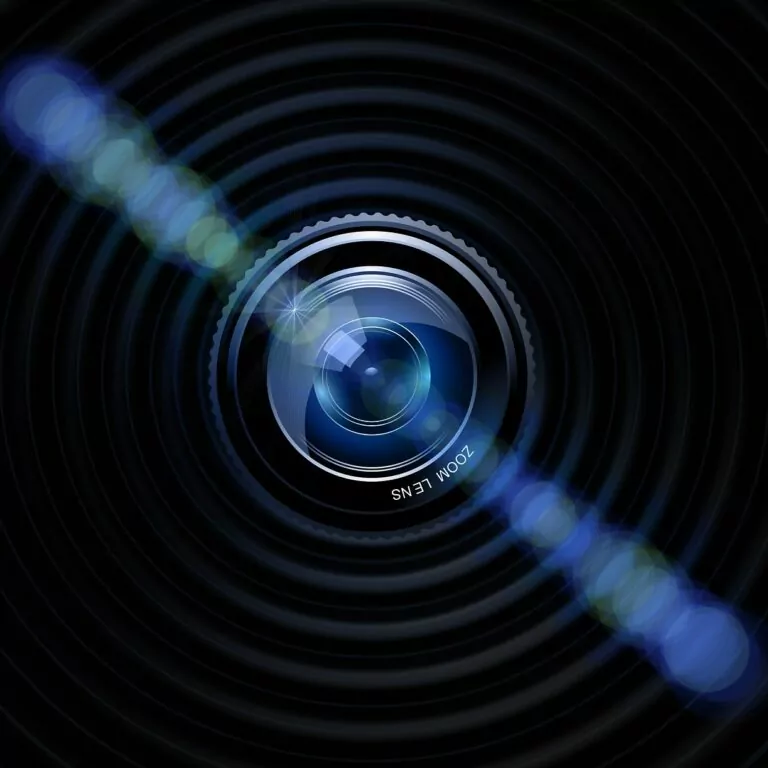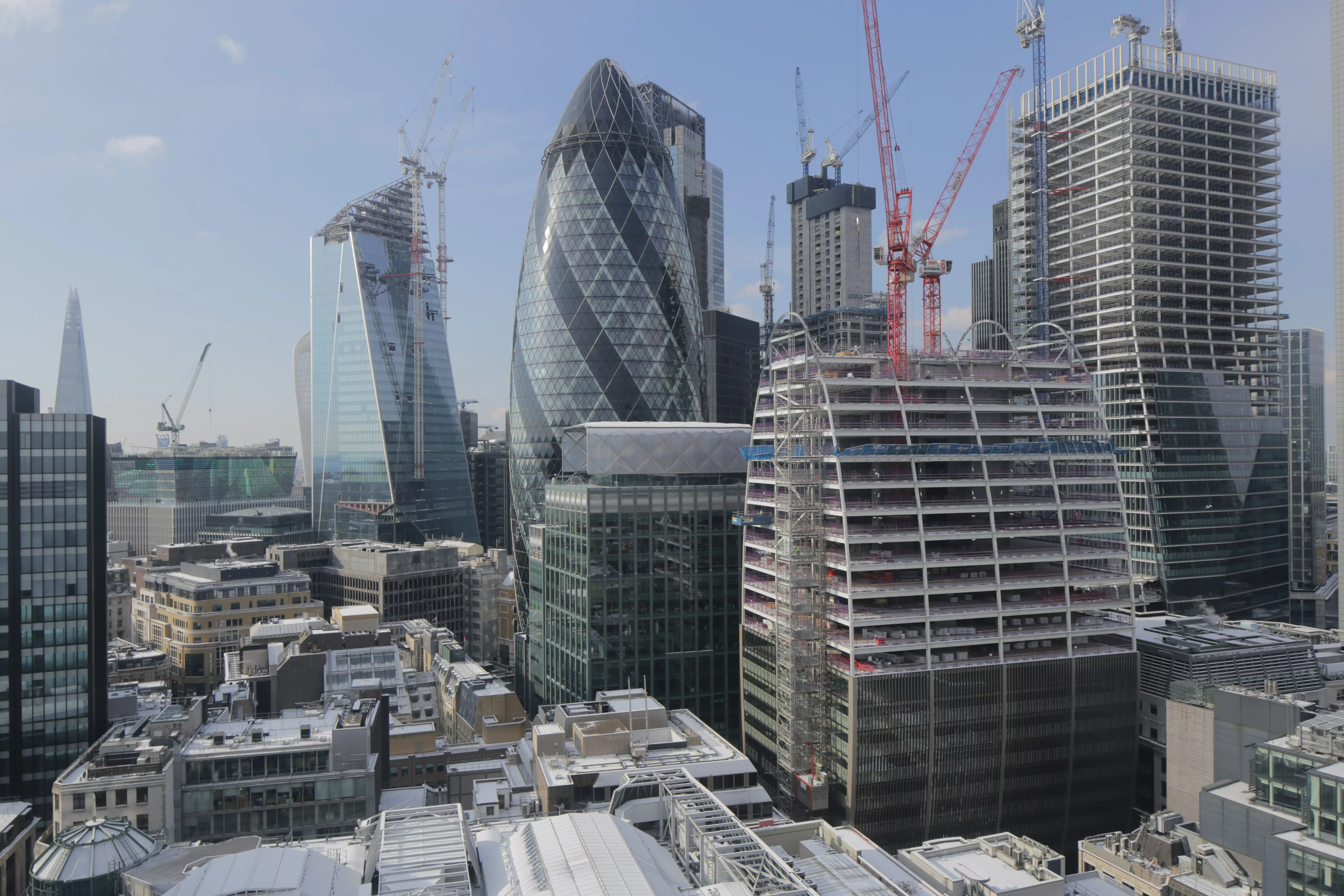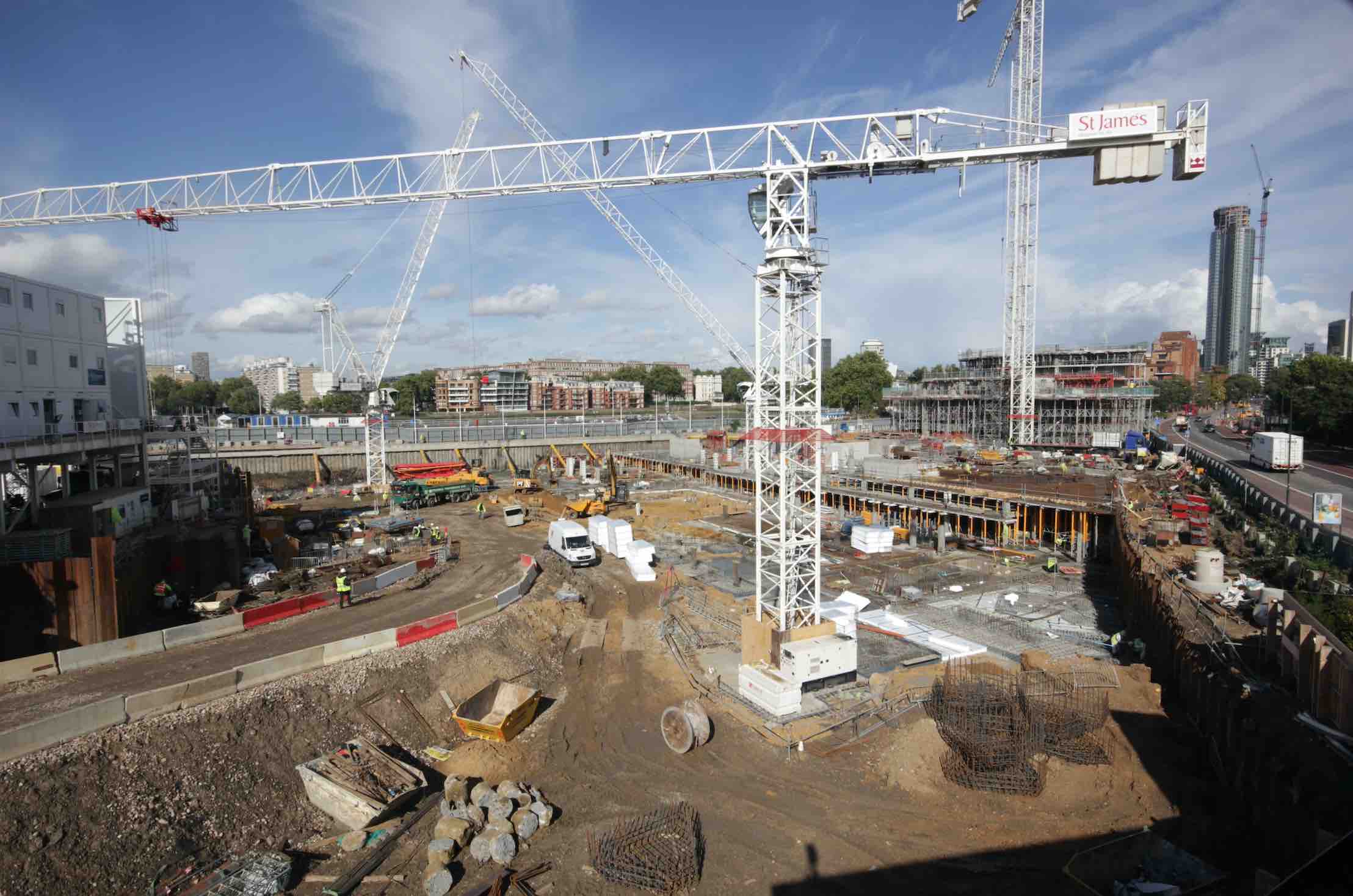
News What is Time Lapse? Meaning, Uses and Applications
What is Time-Lapse? A Complete Guide by Time-Lapse Systems
Time-lapse is a popular technique used by photographers and videographers to visualise the passing of time in a compressed format. Time-lapsing has a wide variety of both creative and practical applications, from documenting the natural world to monitoring and capturing the construction of new buildings amongst bustling cityscapes.
What is meant by a “time-lapse”? The definition of time-lapse
Time-lapse is a method where frames are captured at a much slower frame rates or interval rates than usual. The usual frame rate for the production of film and video is 24 frames per second or sometimes 30 frames per second for capture and playback. To create time-lapse, images are captured far more slowly, but played back at the same 24 or 30 fps rate. Hence, when the images captured with slow frame rate are played back at normal speed they appear to speed up time.
The Origins and History of Time-Lapse
The method of low interval capture was once termed ‘under-cranking’. The term emerged at a time when the film maker used a crank handle at the side of a film camera to feed film past the lens in order to expose it and create an image. A slow cranking speed, when played back at a normal frame rate, resulted in what was captured effectively being displayed as ‘sped up’. Incidentally, the term ‘over-cranking’ meant the exact opposite, and resulted in slow motion capture.
The experimental use of photography has been used in its embryonic form since the late 1820’s helping to revolutionise scientific data collection and the arts. For example, Eadweard Muybridge was one of the first to experiment with photography and motion and went on to capture The Horse In Motion, where he used 24 cameras at the edge of a race track to record a galloping horse. The purpose of this was to prove that horses had all of their hooves off the ground at particular points as it moved.
What Cameras and Equipment are used for Time-Lapse Photography?
Time-lapse photography has radically evolved since Muybridge; especially due to the advent of digital technologies and communications systems. Most new generation smartphones now have a time-lapse function, which can enable people to experiment with their own limited time-lapse movie making. For those wishing to produce time-lapse of best quality then DSLR cameras are used by either utilising the time-lapse function that comes as standard with some modern models of DSLR, or by using an intervalometer; a device that is traditionally connected to the camera and controls the interval or capture rate. Such techniques can be used to capture over the shorter term.
How exactly does long-term time-lapse work?
However longer-term time-lapse is far more complex. It requires robust all-weather enclosures to house the equipment and the process is significantly benefited through the ability to monitor and control the capture remotely through a wired, or wireless network, including 4G and 5G networks. This way the photographer can not only ensure the equipment is performing as it should but, with the correct know-how and equipment, can also change the settings on the camera to respond to changing conditions. But all this of course also depends on effective management and storage of the images and in powering the equipment. So, this long-term capture– often over months and years– is more a job for the time-lapse professional.
8K Capture and beyond for Ultra HD Time-Lapse Videos
Professional projects that place emphasis on best quality use full frame sensor DSLRs and professional lenses to captures at 8K. The image quality that the sensor and lens on a pro DSLR can achieve is second to none for time-lapse, and specialist lenses, such as tilt and shift lenses can also achieve architectural perspective by changing depths of field and areas of focus. Collectively, a full professional set up, by using the best equipment, know-how and methods, help to create the best capture quality possible. All this has to be culminated in the editing process too, with very specialist editors knowing exactly how to treat the raw materials in order to get the best possible results.

Above: an image of the London skyline taken from one of Time-Lapse Systems’ above Ultra HD systems which capture in up to 8K.
Features of Time-Lapse video:
So, much goes into the creation of the best time-lapse sequences and videos, particularly ones that are produced from long-term capture.
In simple summary:
- All the correct equipment (hardware and software) is needed
- DSLR Camera, Professional lens (suitable for the project at hand), control module with hard wired and wired routing capability and storage, all-climate housing and robust brackets and fixings for stability
- Cloud services for back up storage of images/ data
- Remote imaging and control software to view/ monitor and control the camera capture
- Skilled editing with all the usual editing software, as well as specialist plug-ins
At Time-Lapse Systems we use not only the best equipment, but the best methods in capture and post-production. Furthermore, all the equipment and software we use are customised. Our control hardware and software are developed by our own in-house developers and we have teams of specialist engineer photographers and editors who pull from our vast experience as a company through our capture of thousands of diverse projects.
Why should you use time-lapse? What are the Benefits?
With the advancement of technology and techniques time-lapse has continued to gain widespread popularity thanks to its ability to be used for a range of applications. At Time-Lapse Systems we work across a range of sectors for projects all over the world. Time-Lapse shows the unique evolution of a project, and tells its story within its own context. Our clients use our time-lapse systems for both long and short term capture to document and showcase their work in the best quality possible. Our time-stamped images are great for internal and external communications, tracking the progress of a project and site monitoring.
Time-lapse in Film & TV
Time-lapse is now a staple technique used in the film and TV industry; from programmes about the natural world such as David Attenborough’s Planet Earth, to property shows such as Grand Designs. Time-lapse has also been used in a number of TV shows such as Breaking Bad and Better Call Saul to show the setting of Albuquerque and the passage of time. The award winning six season show, House of Cards used a time-lapse sequence in its opening credits to show the Washington D.C. skyline, the backdrop of the series. Additionally time-lapse is used in the popular TV show, American Gods to artfully communicate the character, Shadow Moon’s mindset and relationship with his surroundings.
Time-lapse in Industry
But as well as the film and TV industries, others are also served by time-lapse, which have a wide range of real-world applications. For instance, time-lapse is used to conduct time and motion studies or work process modelling, where a process can be analysed quickly. It is also used by meteorologists to monitor climate patterns, scientists and environmentalists to track processes such as glacial erosion and agriculturists to document crop growth– to name but some of the myriad of uses. Indeed, it has even been used from space, and is also constantly being innovated through new techniques such as hyperlapse. But perhaps the most common use for time-lapse is for the construction industries and all their many offshoots, such as rail and education to name but some, and in all areas – but particularly our growing cites.
Time-lapse for the Construction Industry
Time-Lapse photography can be used as the perfect marketing tool for promoting a project and its development, as it offers a permanent record of progress. Additionally, many people use time-lapse photography for internal communications allowing a construction site to be continually monitored and all progress recorded.
Time-lapse tells the story of a project within its own context by documenting each incremental phase of activity. Time is condensed and an image is taken over a period of days, months or years showing each individual stage as works are carried out. The images collected are then selected by a skilled editor, who chooses frames optimally in order that when they are sequenced together, they produce a movie or video that condenses all the action into a specified running time. The shorter that running time– the quicker the action unfolds to the viewer. The benefits of capture for the construction industries, also go beyond time-lapse itself.
Camera systems that are linked to a network can be streamed to specialist multi-function online viewing portals, such as our own iRis so a site can not only be viewed and monitored remotely, but where images can provide a useful construction tool in themselves, to return a great deal of useful information to construction teams.

Our Approach, Our Work, Our Services
As one of the world leaders of time-lapse photography we can capture any project for any duration. Our highly accredited, experienced and skilled team ensure that every project is recorded in the best quality possible. Our time-lapse systems are custom-made for each one of our clients ensuring that we always meet their specific demands. Additionally our own bespoke software allows us to micro-manage the settings of our systems, allowing us to optimise each shot in the best quality possible. We work across a range of sectors such as the construction, demolition, rail, logistics, civil engineering and energy industries. However, the variety of subjects we get asked to capture is almost limitless from crops germinating and growing through lego models being constructed and even to the movement of cows in fields, we are always amazed by what we are asked to capture. Our editing team can create our time-lapse videos to the exact requirements of our clients. We also pride ourselves on our after-care and our approachable and friendly team are always on-hand to assist our clients should they need it. Please read our client’s testimonials to understand why we are the leading provider of time-lapse photography in the UK.
Work with us for your next time-lapse project
If you would like to discuss how time-lapse photography may benefit your project please get in touch.